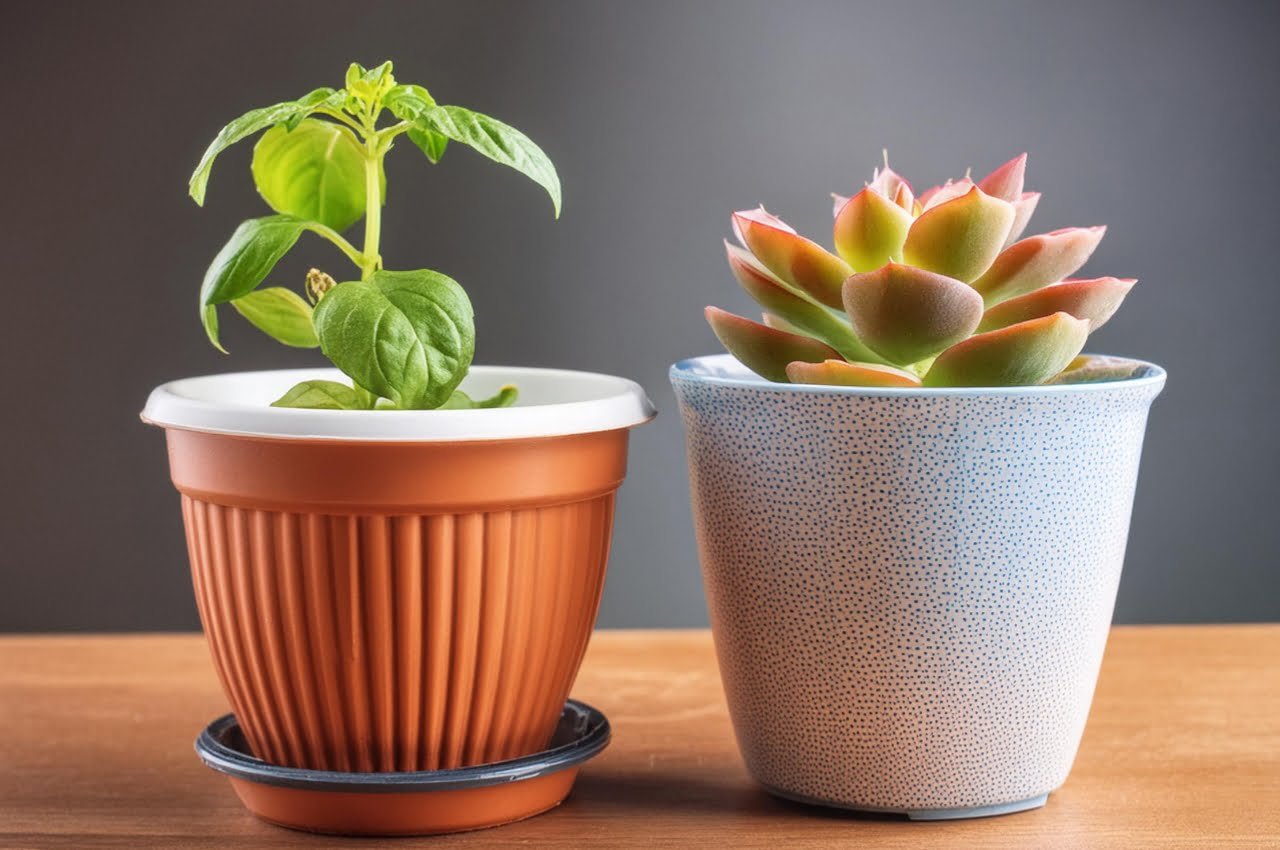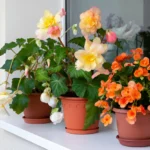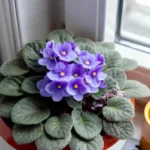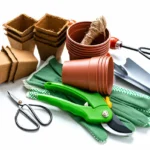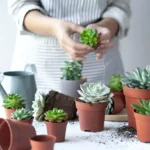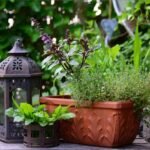I have tried almost all types of pots in the market in my indoor garden. Depending on the plant, you will get different results using different pots. While visiting nursery stores, you will find a variety of pots with several colours, shapes, and sizes. You will also find pots with an aesthetic and artistic vibe. Plants potted in these planters can make you amazed. You may want them to bring home. But it would be best to get a clear idea about pots before bringing them home, as you don’t want to harm your plants. In this article, we have provided a comprehensive discussion of ceramic pots and plastic pots.
What is Used to Make Ceramic Pots?
Ceramic pots combine inorganic materials such as carbon, silicon, nitride, and other elements and heat them in a furnace. Pots you see in stores undergo several steps before being made.
What is Used to Make Nursery Pots?
Nursery pots are made from recycled plastic, which is very light, soft, and colorful. You will find nursery pots in different colors and sizes.
Ceramic Pot Vs. Nursery Pot
We will first discuss the difference between ceramic pots and nursery pots to explain which one is the right choice for your garden and why it is. I’ve noticed some pros and cons when using these two types of pots in my garden, and you should also consider them.
1. Weight
Ceramic pots are pretty heavy, and large-sized pots are even more heavy. When you put the medium in a ceramic pot, it becomes quite heavy and makes moving difficult. For many elderly gardeners, it becomes a hassle to move large ceramic pots. On the other hand, nursery pots are made of plastic and are very light. You can quickly move a nursery pot from one place to another in your home alone. Even the little kids in your house can manage it.
1. Aesthetics
If you want to decorate the interior of your house with plants, then you can use ceramic pots. These come in various shapes, colours, and craftsmanship. Using ceramic pots with green plants will increase the elegance and beauty of your home. I always use white-coloured ceramic pots with green plants as the combination looks most aesthetic. On the other hand, you will find less aesthetic appearance in nursery pots. But now plastic and decorative pots are available, which you can also use to decorate your house. Decorating your home reflects your sense of well-being and sense of style. How do you imagine decorating your home? Will you convert it to reality with us? If you like rainbow-coloured pots, you can get plastic pots to decorate your house.

3. Cleaning Up
I always reuse nursery pots (plastic pots). After repotting, I clean previously used pots with hydrogen peroxide and dry them in the sun so that I can use them again. I also soak them in water and wash them thoroughly with dish soap. But I can’t clean my ceramic pots properly. I have to clean ceramic pots carefully; if you soak them for long and when cleaning with dish soap, you may notice the colour of the tub layer or the skin may rise. Also, ceramic pots have grooves or tiny holes inside, making removing the soil during cleaning difficult. On the other hand, the plastic ones are flat and can be cleaned without any trouble.
4. Air Movement
Ceramic pots have tiny holes that are not visible to the naked eye. It helps aerate your plant’s soil. However, some ceramic pots have a colour coating that closes the pores. In my house, I turn all such pots upside down to ensure air circulation in the medium and poke them with a chopstick.
Nursery pots are made of plastic and have a flat body. Without drainage holes, there is no leakage, and air movement is disturbed in these pots. However, some plastic decorative pots have many holes to balance the amount of air movement, but you won’t see that in usual nursery pots.
5. Durability and Longevity
I have to change the plastic pots in the garden and front of the house every few months because their colour becomes pale and soft and eventually breaks due to heavy sun and rain. But the plastic pots that I put indoors last longer. Smoother and lighter plastics break down more quickly. In this case, the place you keep your plastic pots indoors or outdoors plays a significant role. On the other hand, the plants I’ve planted outdoors in ceramic pots have discoloured after a few years, but the pots have remained strong and not brittle like plastic pots. However, ceramic pots break when played with something hard, so be careful when you move these pots.
6. Art
If you have habitually drawn with crayons since childhood, you can go for plastic one-coloured pots. You can mix the sweetness of your heart and bring out the plants, foliage, and your mood on the pots. The body of the plastic pots is flat so that you can do your job perfectly. Gardeners prefer plastic pots of one colour, such as white, black, blue, indigo, or soft pink, for painting on them. On the other hand, pottery and handicrafts were previously found in ceramic pots. However, you can’t paint on them. Some pots are flat, and you can paint them, but ceramic pots absorb the colours. Plastic pots are best for making art.
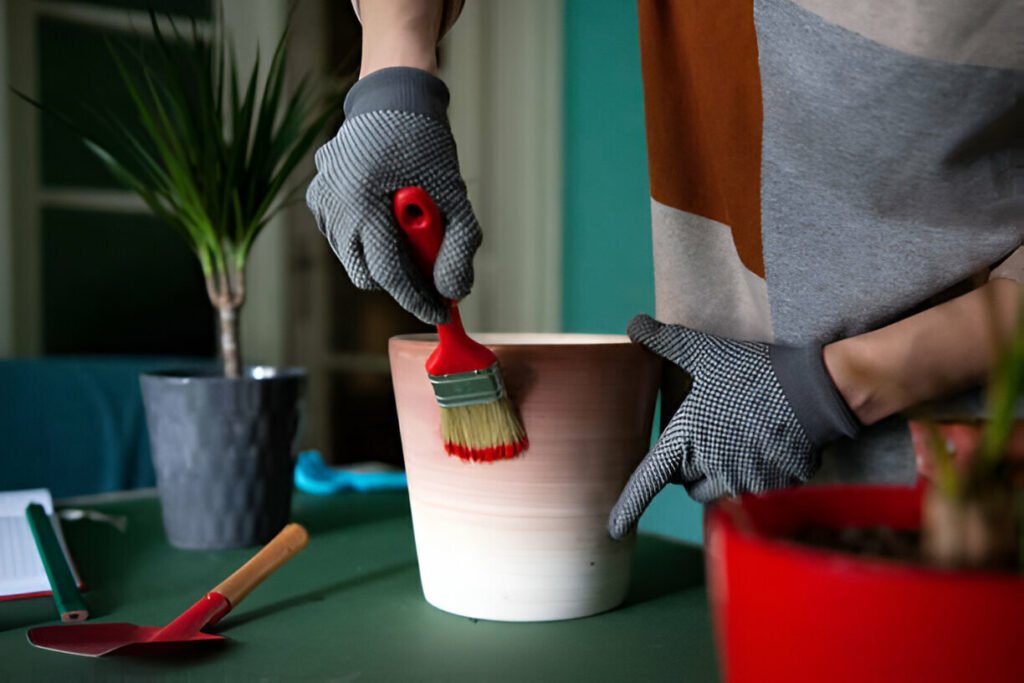
7. Temperature
Plastic pots tend to absorb more heat than ceramic pots. In particular, black plastic pots absorb more heat from the sun. If you have plants in plastic pots in your outdoor area, please change the black pots. These pots can scald your plant’s roots, burning them and drying out the soil quickly. Burning the roots means the inevitable death of your plants.
You will eliminate these problems if you use ceramic pots. Ceramic pots are thicker, so they don’t heat up easily in the sun, and there is less risk of damage to your plant’s medium and roots.
8. Environmental Friendliness
As the nursery pots are made of plastic, recycled plastic is used, which is very good from an environmental point of view. Waste plastics around us are collected and processed into plastic pots, and plastic is removed and used from the environment. Conversely, ceramic pots are made of inorganic items. However, they are not harmful to the environment or plants so you can use them safely.
9. Humidity Control
Nursery pots (plastic pots) have a better drainage system. Water quickly drains through the drainage holes when you water the plants. Your plants can only take as much water as the soil can hold; excess water drains out, and you may need to water frequently in plastic pots. Plastic pots do not have or absorb water. On the other hand, you may have to give more water to ceramic pots because they can absorb water. You can provide a stone substrate if the ceramic pots do not have drainage holes. But it is best to have holes so your soil can not be too moist with excess water and cause root rot in the sun. Ceramic pots can regulate humidity.
10. Cost
The last thing that separates these two types of pots is the cost. Ceramic tubs are pretty expensive, and plastic pots are way cheaper. If you are a local area seller or a commercial seller, you must use plastic pots to reduce their weight and cost. But if you are a connoisseur and want to collect pots to decorate your house, office, and kitchen, then you can go for ceramic pots, which are pretty stunning. You can collect according to your budget.
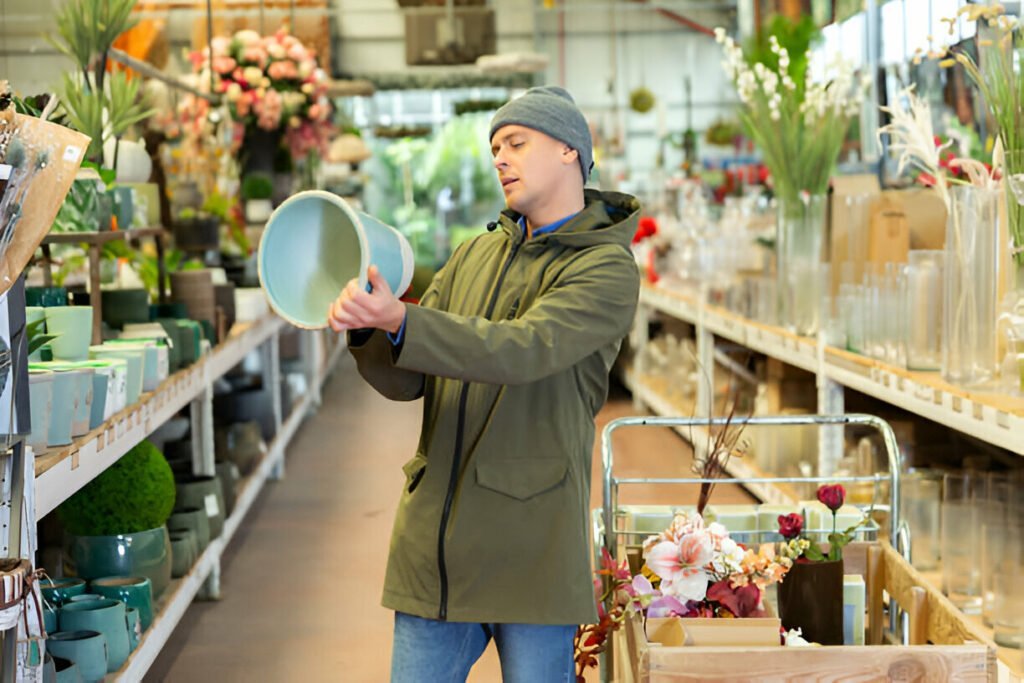
What kind of pots do you buy?
I know the difference between ceramic pots and nursery (plastic) pots.
Now, which pot should I take for the plants?
= You should use both. Why am I telling you this? You can plant ceramic pots in sensitive plants that can die if overwatered. e.g., Cacti, Succulents, and so on. Even if you overwater, the pots will absorb water from your medium. But don’t plant directly in ceramic pots; you must make holes in ceramic pots. In nursery pots or decorative plastic pots, you can plant tropical plants that can hold water and don’t need to be watered regularly. You can also plant sensitive plants in plastic pots because they have a sound drainage system. You can water comfortably, and if there is excess water, it will come out through the holes. You select the pot according to your needs and preferences.
Can I plant a tree in a ceramic pot without holes?
=You can plant in pots without holes. Let me give you a simple calculation. You will not overwater the plant medium. Your tree won’t die, either. But if you are not experienced in watering, you must drill holes in ceramic pots.
Check out this article: How Important Are Drainage Holes Really | Decor Pot | House Planter
Ceramic pot outside in winter?
=You can bring ceramic pots inside during winter because they get wet, and once they freeze, they can crack. If you have large or heavy ceramic pots outdoors, you can arrange them to be stowed.
Bottom watering for ceramic pots?
=Bottom watering works in small to medium-sized pots with drainage holes. If your ceramic pot is quite large, you should water it from the top instead of the bottom.
Do you have any thoughts on ceramic pots?
From my experience, Ceramic pots are great for houseplants. They have good airflow. You can plant orchids in ceramic pots with holes in the body, growing well there.
Ceramic pots with water gathering leaky?
=Ceramic pots can leak water. They are dyed, and the dyes do not allow water to come out for some time but leak water over time.
Do I need a plastic pot inside my planter?
=If your planter doesn’t have holes and you can’t drill holes at home, you must use plastic pots inside. This will prevent the sun from rotting your plant’s roots.
